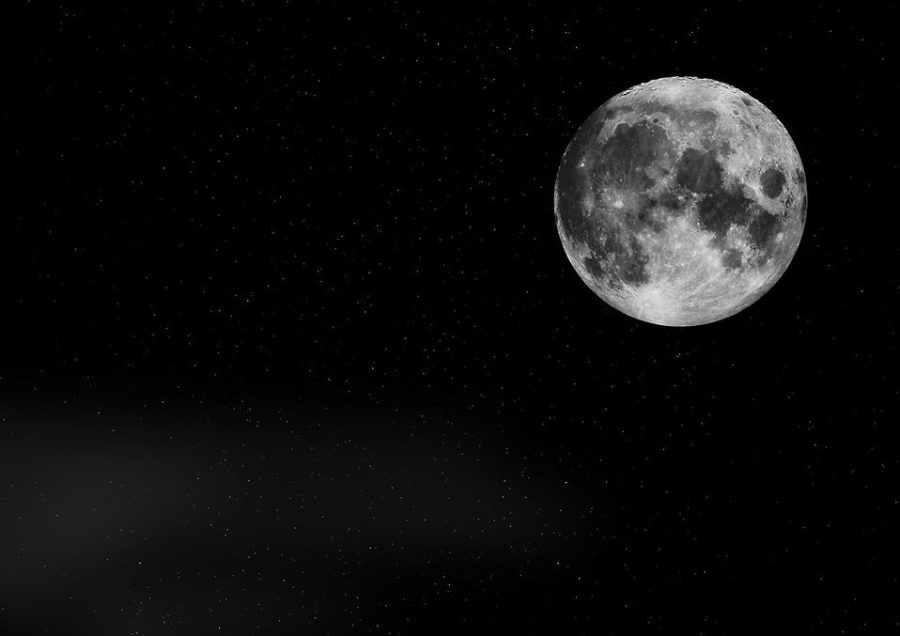Paragon Space Development Corporation won a $2 million contract award with NASA’s Tipping Point Program. The company specializes in life support and thermal control in space missions and works with many University of Arizona students and alumni.
The contract will specifically focus on the Shape Memory Alloys for Regulating Thermal control systems in Space, or the SMARTS radiator. Paragon will be working with other experienced teams around the country to develop a thermal control system fit for lunar and even potentially Mars missions in the future.
Leslie Haas, director of business development at Paragon, said she is adamant about solving issues with sending people to the moon through the Tipping Point Program.
“NASA sees it as a tipping point for it to address a big issue that they’re having in whatever area,” Haas said. “In this case, what’s interesting about SMARTS is it can help them address the issue they have with surviving the lunar cycle.”
Temperatures vary dramatically on the moon due to the lack of atmosphere, ranging from 260 degrees Fahrenheit during the day to as cold as minus 280 degrees at night, according to space.com. Since a single day on the moon is equivalent to 28 days on Earth, the lunar daytime is nearly two weeks long.
“It gets really hot and it gets really cold,” Haas said. “What happens is nobody’s figured out a solution for that. We’re kind of all in a situation where a number of different people are trying to figure out how we’re going to solve all these issues that NASA has.”
NASA and Paragon both want to see a future of lunar missions lasting longer than previous Apollo missions from dealing with temperatures on the moon.
“We want to go send a man and a woman up to the moon and we’ve got to solve a whole bunch of issues that have to be addressed so we can stay a longer period of time,” Haas said.
Lily Gabriel is a senior in the Eller College of Management studying business management. She is one of 20 UA students at Paragon working on the marketing staff at the company. Another 17 students are engineers.
“I was very excited to be a part of doing something that’s so highly inspirational,” Gabriel said. “It’s nice to be a part of something that’s making a difference.”
Chad Bower is an engineer at Paragon and graduated from the UA 15 years ago. According to him, he was able to work at the company after hearing about it from his professor at the university.
“I got this job because my professor came in and said, ‘Hey, how would you like to do some contract work for some space cowboys?’ I said, ‘That sounds like fun,’” Bower said.
Paragon thought of student help long before the company even opened, according to Haas. Tucson’s draw of the university helped bring the space development company to the city.
“That’s one of the reasons why we actually picked Tucson, Arizona, when the company was started,” Haas said. “It was close to a good university that had good talent coming out of it.”
Paragon has built a strong connection to the university with its readily-available talent and experienced professors.
“We really like to use the university as a center of recruitment,” Bower said. “Bringing people in from the local community allows us to make and keep better ties with the university resources.”
For a small company with big goals of designing new innovations in space exploration, more help is always needed.
“When you have a plethora of great talent nearby,” Gabriel said, “I think that it’s naturally going to help a company innovate and succeed.”
Follow Syndey Jones on Twitter















